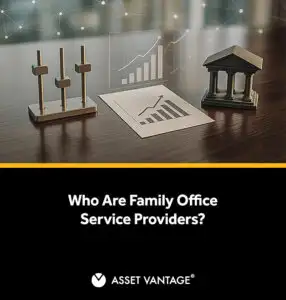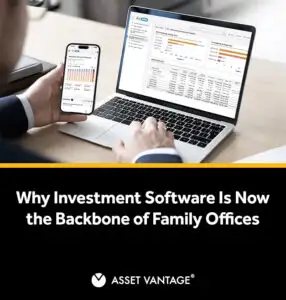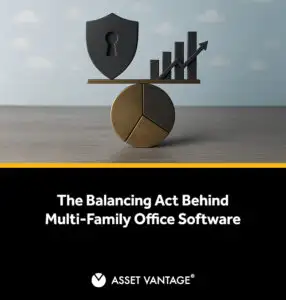Read Time4 Mins
In the fast-evolving landscape of wealth management, where substantial assets and sensitive financial data are at stake, safeguarding against cyber threats is paramount. As cybersecurity continues to play a central role in family asset management, family offices, and financial institutions, ensuring the protection of high-value assets becomes a top priority.
The Growing Cybersecurity Challenge
Wealth management firms today manage a wealth of data, from intricate financial portfolios to personal client information. The digital transformation has streamlined operations but has also exposed vulnerabilities that malicious actors are eager to exploit. Cybersecurity has, therefore, become a cornerstone of effective wealth management.
Recognizing the Vulnerabilities
The wealth management industry is a treasure trove for cybercriminals. It’s not just about the wealth of clients; it’s about the sensitive financial strategies and data that can be leveraged for illicit gain. Cybercriminals are constantly seeking ways to breach these systems, which underscores the importance of having robust security measures in place.
Protecting High-Value Assets
- Robust Data Encryption: Encrypting data ensures that even if unauthorized access occurs, the data remains indecipherable. Advanced encryption techniques are vital for safeguarding sensitive financial data.
- Multi-Factor Authentication (MFA): MFA adds an extra layer of security by requiring users to provide multiple forms of identification before granting access. This is crucial for limiting unauthorized entry.
- Regular Software Updates: Cybersecurity isn’t static; it evolves. Regular updates help patch vulnerabilities that hackers may target. Keeping all software, including family office software, up to date is vital.
- Employee Training: Human error is often a leading cause of security breaches. Educating employees about potential threats and best practices can prevent many attacks.
- Incident Response Plan: Being proactive is essential, but having a well-defined response plan is equally important. In the event of a breach, knowing what steps to take can minimize damage.
Family Office Software and Cybersecurity
Family office software solutions are now central to wealth management operations, offering efficiency and convenience. However, as these systems handle vast amounts of financial and client data, they must be fortified against cyber threats.
Maintaining Confidentiality
Protecting the confidentiality of your clients’ financial data is not only a legal requirement but also a matter of trust. Using family office software that prioritizes security ensures your clients that their sensitive information remains confidential.
Streamlined Access Control
Family office software often comes with role-based access controls, allowing you to grant system access based on job responsibilities. By limiting access to only those who need it, the risk of unauthorized users or accidental data exposure is minimized.
Continuous Monitoring
Many modern family office software solutions include security monitoring tools that keep a constant eye on the system. This real-time monitoring can detect unusual activities and provide alerts.
Conclusion
In today’s wealth management landscape, where technology is integral to operations, cybersecurity is non-negotiable. Protecting high-value assets, confidential client information, and financial data is not only a legal responsibility but a matter of integrity and trust. Cyber threats may persist, but with robust security measures and a vigilant approach, wealth managers can stay one step ahead in safeguarding their clients’ assets.
Ultimately, cybersecurity is an ongoing commitment, one that should evolve in step with the ever-changing landscape of technology and the persistent ingenuity of cybercriminals. With a proactive approach and the right tools, wealth managers can protect high-value assets and ensure the safety of their clients’ financial future.







